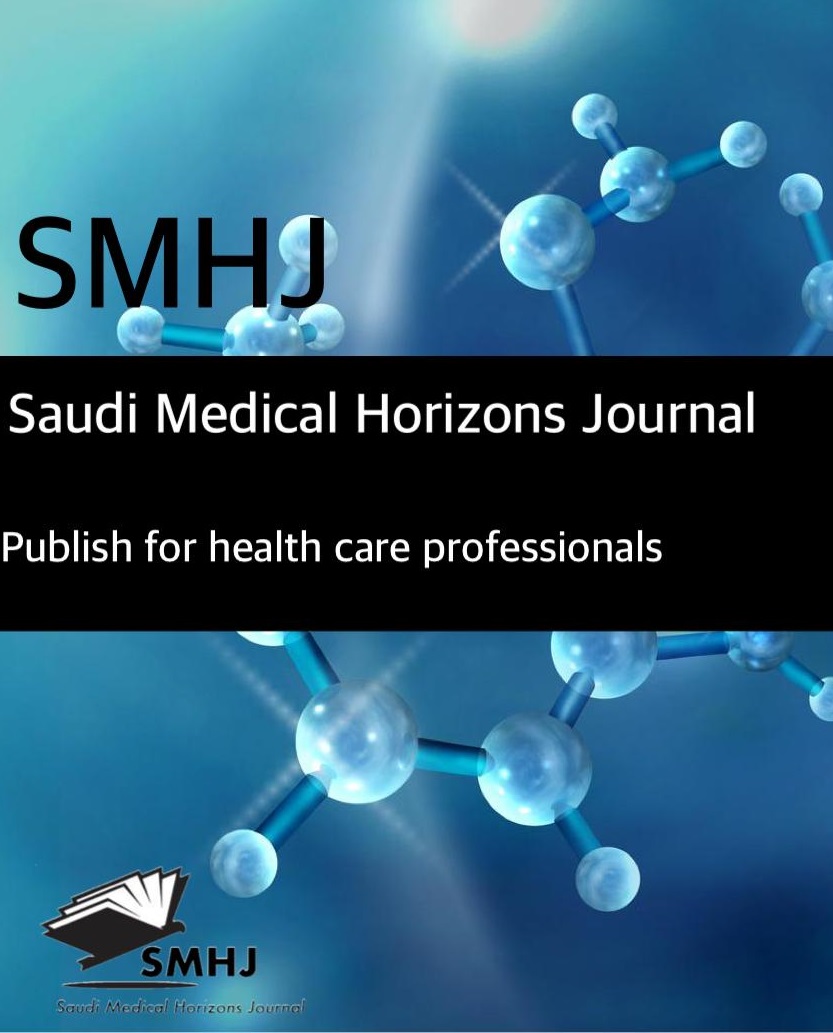Does Cabergoline Prevent Ovarian Hyperstimulation Syndrome? Systematic Review
DOI:
https://doi.org/10.54293/smhj.v5i2.149Keywords:
Cabergoline; OHSS prevention; Calcium gluconate; Alternative treatments; Reproductive medicine; Systematic review.Abstract
The main objective of this study is to evaluate the available evidence on the efficacy of cabergoline in the prevention of ovarian hyperstimulation syndrome (OHSS) in patients undergoing fertility treatments. A comprehensive search of four databases identified 712 relevant publications. After duplicate removal using Rayyan QCRI and relevance screening, the search identified 346 publications, of which 101 full-text articles were reviewed, six of which met the eligibility criteria for the evidence synthesis. We included six studies with a total of 919 women: 440 in the cabergoline group and 479 in the control group. The prevalence of OHSS in the cabergoline group ranged from 8.3% to 65.6%, for an overall prevalence of 34.8%. In the control group, the incidence of OHSS ranged from 10.59% to 77.8%, for an overall prevalence of 32.9%. Cabergoline is effective in reducing moderate to severe OHSS, especially compared to placebo, making it a suitable choice for high-risk women. However, it is less effective than calcium gluconate in preventing mild OHSS, and the incidence of mild cases is higher. Alternative treatments, including quinagolide, diosmin, and calcium injections, have shown superior efficacy in preventing OHSS. In conclusion, cabergoline effectively reduces moderate to severe OHSS, especially compared to placebo, but is less effective than calcium gluconate in mild cases. Alternative treatments, such as diosmin, diosmin, and calcium injections, may offer better outcomes in specific cases. Tailoring treatment based on the patient's risk factors is essential.
Downloads
Published
How to Cite
Issue
Section
License
Copyright (c) 2025 Saudi Medical Horizons Journal

This work is licensed under a Creative Commons Attribution 4.0 International License.



